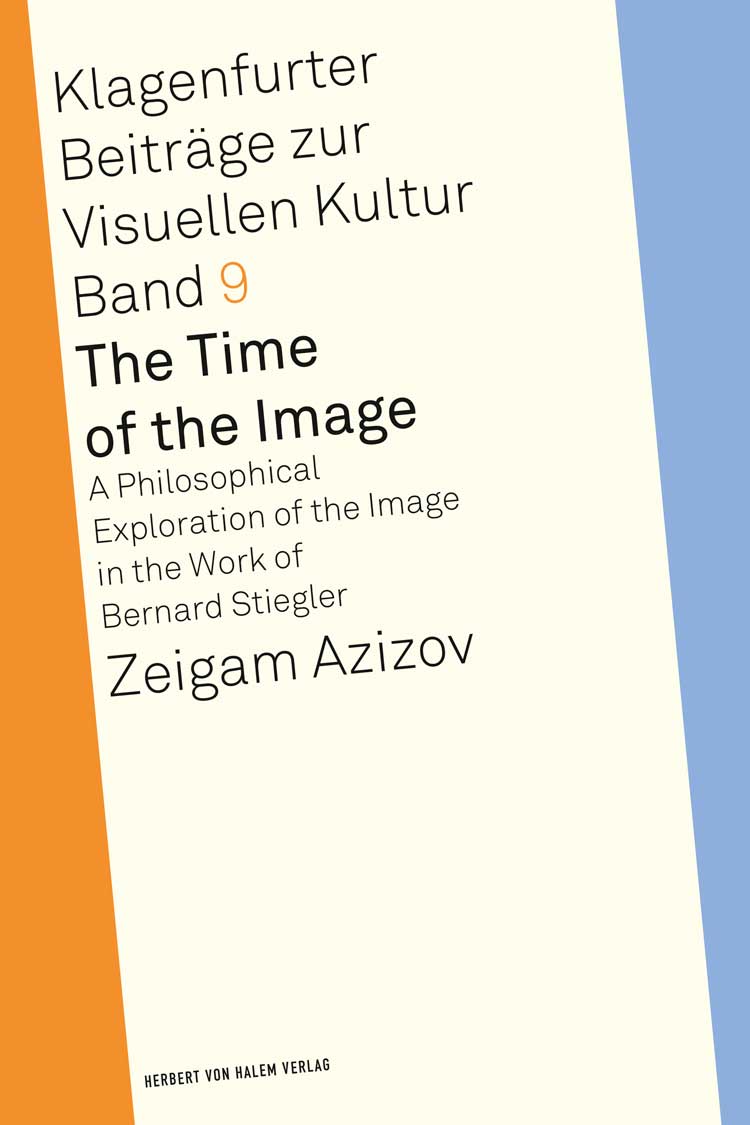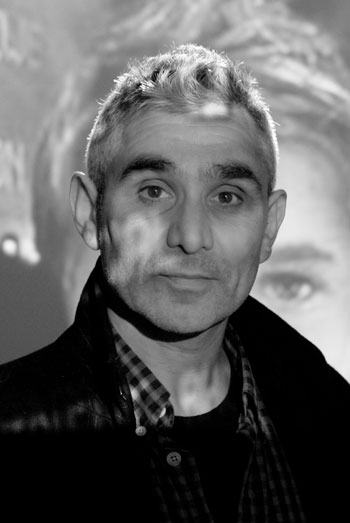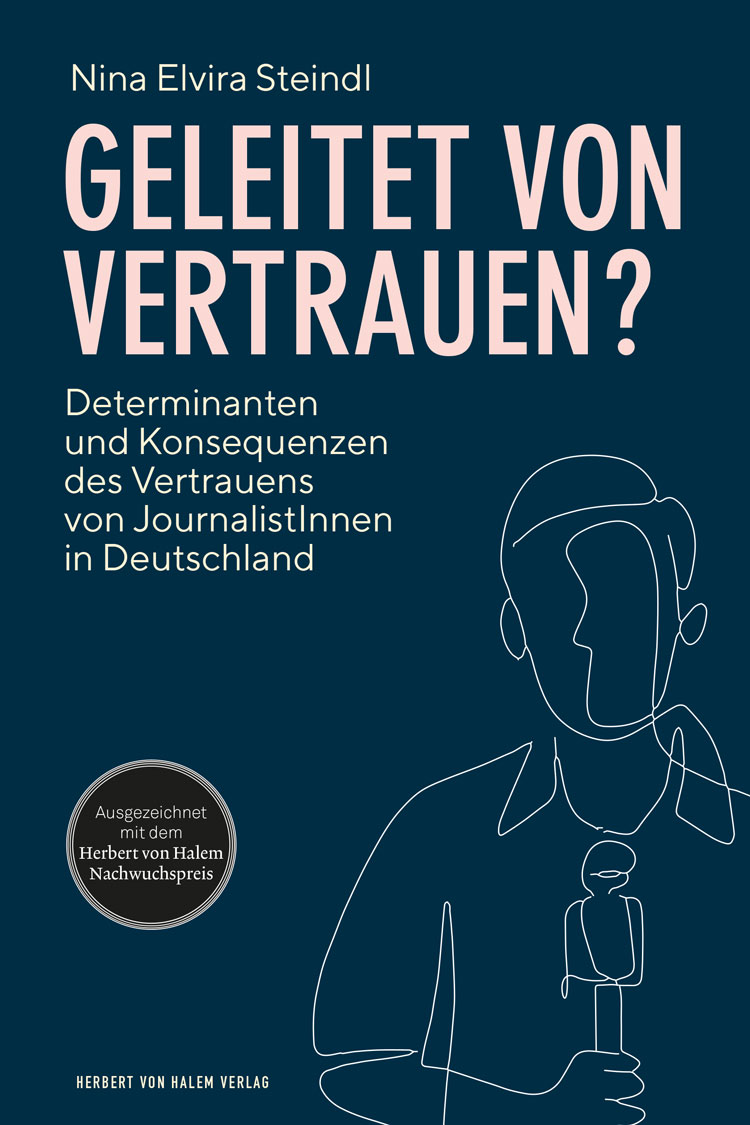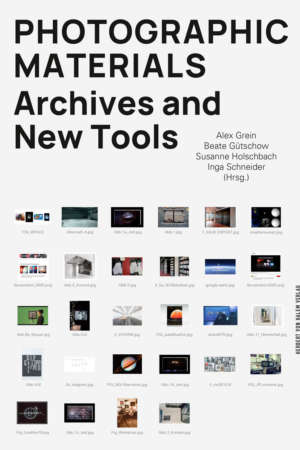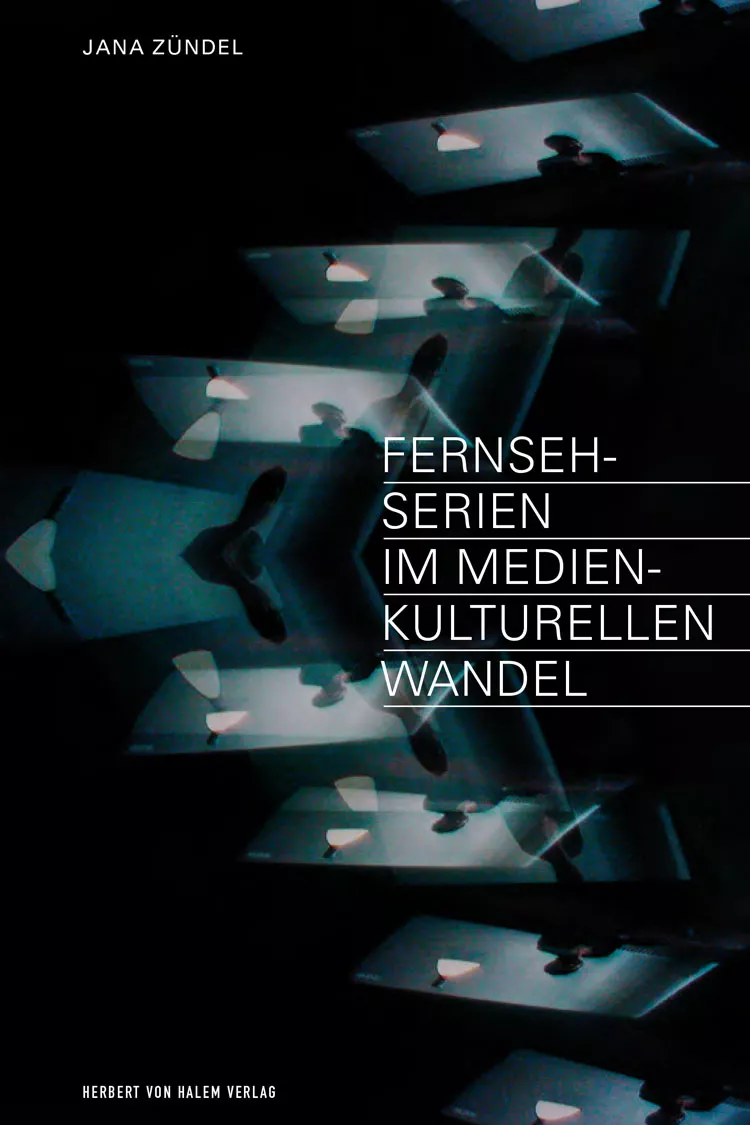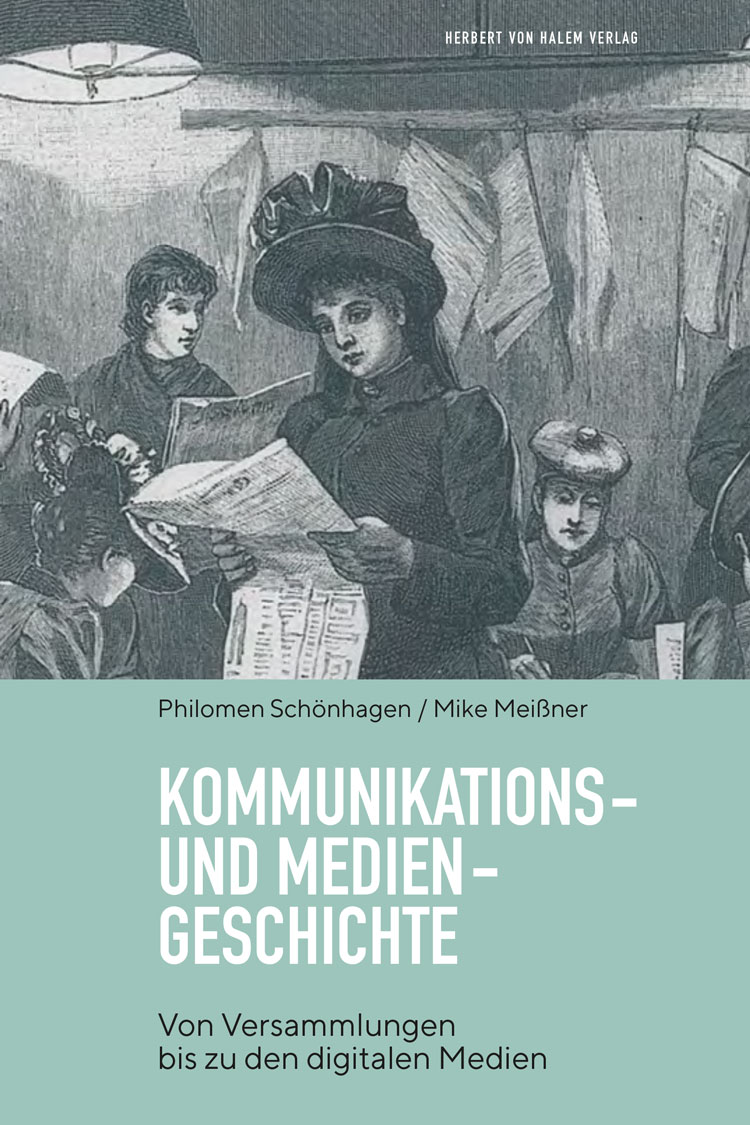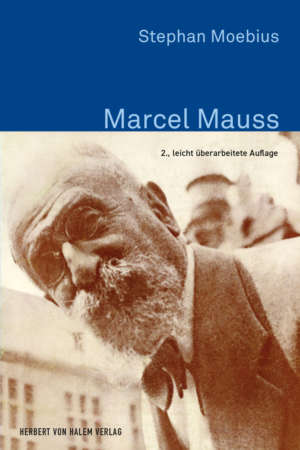The Time of the Image is a philosophical exploration of the notion of ›the image‹ and the relationship between the time and image. It includes the understanding of the image as a temporal object, the place of the thought combined with the mimetic faculty the result of which is the translation of fuzzy aggregates that gives rise to imitations as both artistic and political force of resistance and as a new image of thought.
This thesis is a philosophical exploration of the image as technics of access to the world in the age of the proliferation. It poses the question of the understanding of the role of the image in the constitution of the subject. How does the proliferation of the image constitute the subject? The question emerges in the situation of the endless proliferation of images that poses this necessity of the distinction between images used in art and images circulated in the culture industry. The line of the argument emerges from the condition of the image being connected to time: they are temporal objects. The crucial relationship between the image and time provides the possibility for the constitution of the subject. This relationship is recorded in images as the ›recorded memory‹. Images are remnants of time and any constitution is the imitation of what is left out as ›a missing dimension of time‹.
As a blend of philosophy, cultural theory, and contemporary art this book is based on the reading of Bernard Stiegler’s notion that ›technics precedes thought‹, the human is the product of technics, which leaves the formation (trans-individuation) as an open process. It also involves the re-reading of Husserl’s understanding of memory, the question of ›derushage‹ (the first assembly in the process of montage) and the new mimesis.
Case studies of Harun Farocki’s project entitled Workers Leaving the Factory and Chris Marker’s film La Jetée are included to sustain the argument that in the hyper-real world of globalisation imitation became the main force of ›acting out‹.
1. Introduction 11
1.1 Themes and Ideas of this Book 11
1.2 Outline of the Project 18
2. T owards a New Theory of the Image 21
2.1 The Work of Bernard Stiegler 21
2.2 Grammatisation and the Construction of Knowledge 24
2.3 Cinematic Images and the Recorded Memory 26
2.4 Proliferation of Images and Exteriority 28
2.4.1 The condition of the image 28
2.4.2 The proliferation of images and the disorientation of coordinates 34
2.4.3 Images as index of memory 38
2.4.4 New vectors of meaning 39
2.4.5 Liberation of memory and exteriorisation of knowledge 48
2.5 Images and New Subjects 55
2.5.1 Temporal objects 55
2.5.2 Narrative, temporality and hypertransformation of the image 68
2.5.3 Images and association: derushage and editing as a decomposition of memory 74
2.5.4 The image and the constitution of the subject 81
2.5.5 Perception as ›seeing as‹ 86
2.5.6 Memory as the condition of temporal existence 87
2.5.7 The rediscovery of missing subjects 90
2.5.8 Memory and the constitution of the subject 93
3. Images and the Critique of the New Political Economy of Contribution 100
3.1 A New Economy and the Post-Industrial Proliferation 100
3.2 ›Out of the Golden Ghetto‹ 105
3.3 Technics as a Remedy 109
3.4 In Between the Contingent and the Dialectical 113
3.5 Subjectivity and the Point of View: Citation as an Association 118
3.6 What is Subjectivity? 119
3.7 Citation, Expression, Images 123
3.8 A New Mechanism and Grammatisation 127
3.9 The Case of Harun Farocki 129
4. Images as Technics 137
4.1 The Spatialisation and the Grammatisation of the Visible 137
4.2 The Place as a Necessary Condition of Being: the Image as the Condensed Fragmentation of the ›Time-Space‹ 144
4.3 Extension of the Invention by Images: the Regressive Inquiry (Rückfragen) 150
4.4 The Activity of Correcting as the Rediscovery of What is Missing 156
4.5 Three Phases of Production: Appropriation, Distribution, Proliferation 161
4.6 Four Steps Towards the Constitution of the Subject 166
4.7 Repetition and Return to a Primal Impulse 167
4.8 Time as a Temporal Cut 168
4.9 Contingency and Connection 169
4.10 The Age of Imitation: Mimesis Now 173
4.11 The Media Show 174
4.12 From Image to Imitation: Imitation as the Industrial Model Based on the Perceptual Exchange 177
4.13 The Case of Chris Marker 181
5. Conclusion 193
Bibliography 203


